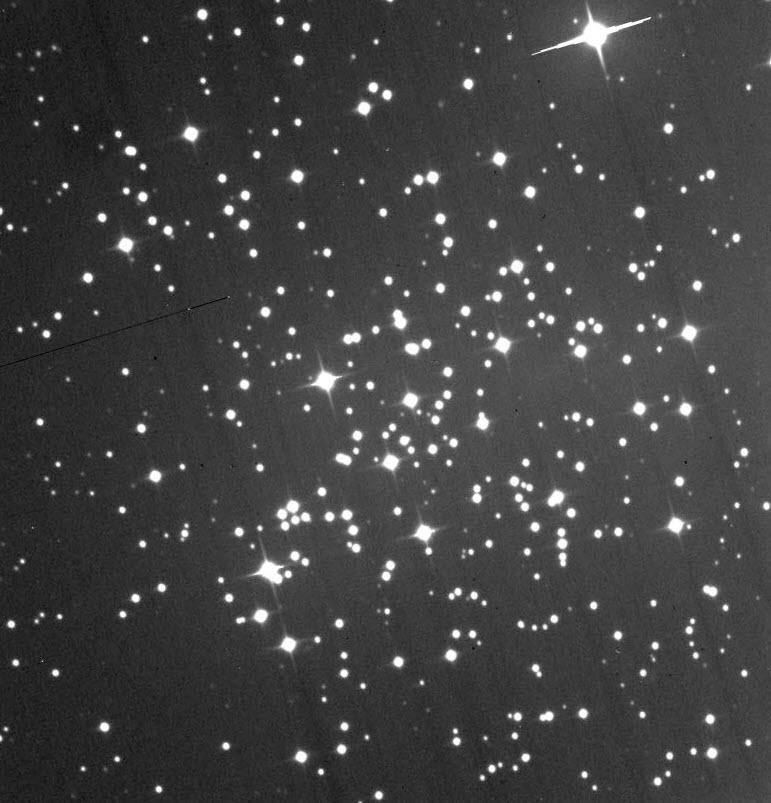Open Clusters
How Do You Build a Galaxy?
Open or “Galactic” clusters as they are sometimes called, are fundamental building blocks in the formation of galaxies, as most stars are thought to be born amid others in such a collection. The process begins when the concentration of gas and dust within the parent molecular cloud reaches a critical density such that regions of star formation can occur. From that point, the life and evolution of the cluster depends largely upon forces of expulsion, generated either when stars “turn on” or when transitioning to certain phases in their evolution. In both cases, radiation can disperse and drive away primordial, star-making material and prevent other stars from forming.
A key factor in this regard is how events unfold after young, massive, hot burning suns begin ionizing the surrounding gas into so-called “H-II”(H-two) regions which then become subject to outward radiation pressure. As star formation is a relatively long process, there is an added disrupter: the resultant shock waves from stellar collapse of one or more “founding” members of the cluster that exhaust their fuels while other star-making material elsewhere in the cloud is trying to consolidate and ignite through atomic fusion.
These processes will drive away material, the question is “how much?” The cluster might retain enough concentrated mass to remain bound, but if not, all members will eventually become orphaned, joining the unbound aggregate of stars which make up the majority of a galaxy’s stellar population.
Open clusters are generally the easiest dark sky objects to photograph. The light sources are concentrated but well-spaced, so the camera’s sensor isn’t awash in stars over a small area. Oftentimes there are a number of suitable guide stars to choose from which is always helpful. A series of short exposures with a CMOS or CCD camera, stacked to improve the signal to noise ratio, can yield very good results with comparatively little effort. Even still, it’s easy to saturate individual pixels in a digital camera, especially with a large telescope like the Carroll reflector feeding it – a great reason to keep exposure times shorter than longer.

M67 (NGC 2682)
This is a nice example of a galactic cluster, with numerous old, bright stars well-placed for observing from SRO. It is located in Cancer, not far from another, even more familiar open cluster: M44. (To the unaided eye, M44 is a hazy patch of light, small yet so distinct as to be known since antiquity.)
As with many of these objects, the slightest bit of optical aid improves detection, even under skies that are somewhat light polluted.

M67 (NGC 2682)
This is a nice example of a galactic cluster, with numerous old, bright stars well-placed for observing from SRO. It is located in Cancer, not far from another, even more familiar open cluster: M44. (To the unaided eye, M44 is a hazy patch of light, small yet so distinct as to be known since antiquity.)
As with many of these objects, the slightest bit of optical aid improves detection, even under skies that are somewhat light polluted.







